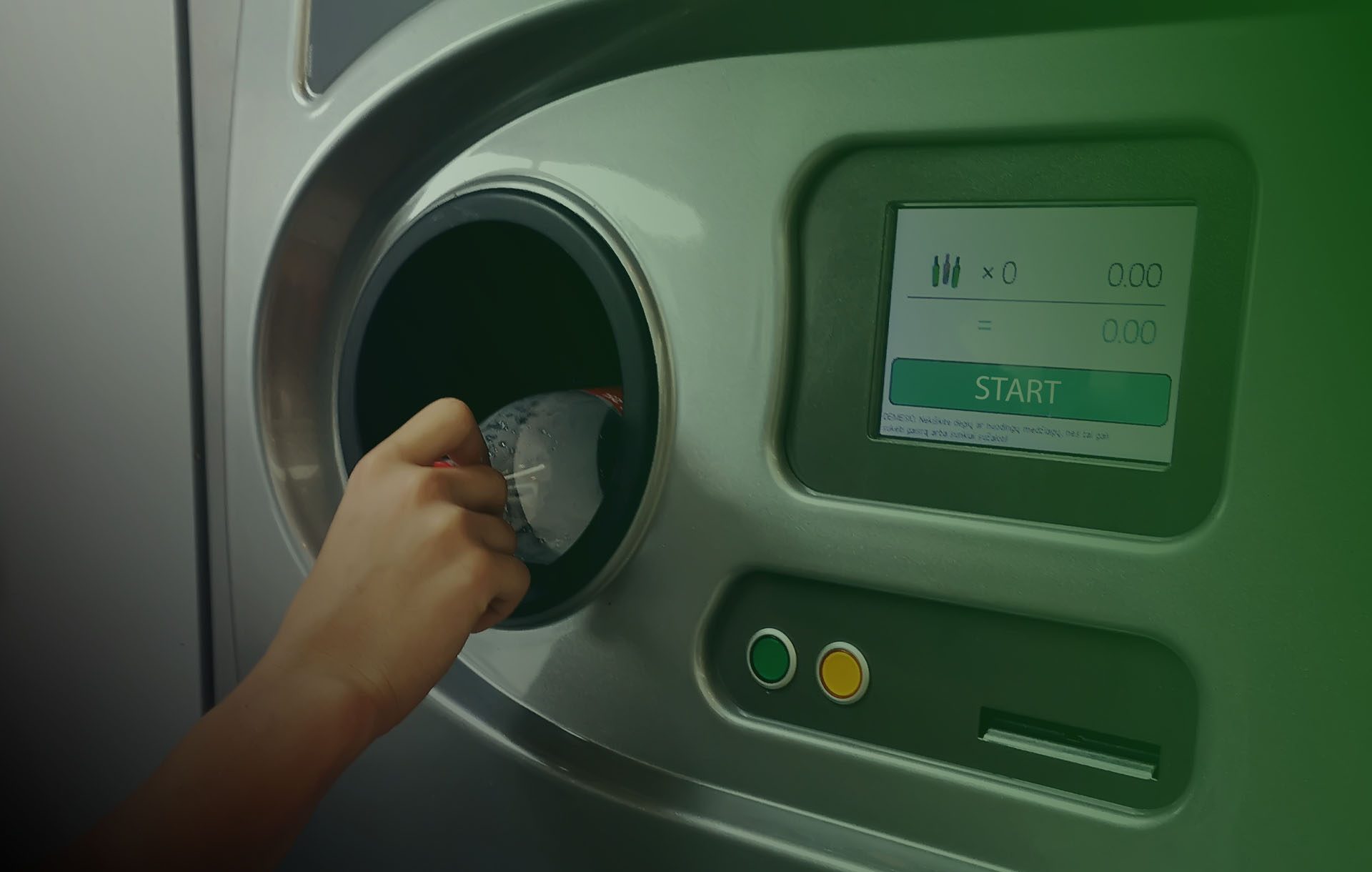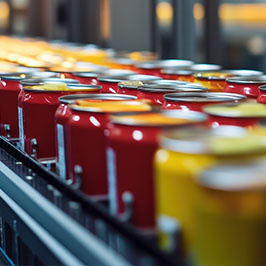The deposit-return system obliges the entities introducing products to the market (manufacturers, importers, brand owners) to collect packaging and achieve minimum levels set by regulations. These levels are quite ambitious and include:
- 77% for 2025,
- 81% for 2026,
- 84% for 2027,
- 87% for 2028,
- 90% for 2029 and beyond.
The law stipulates that the system will be decentralized – each entrepreneur introducing products to the market can establish its own entity responsible for packaging collection. In practice, this means that there will be multiple deposit-return system operators functioning in the market. Currently, the Ministry of Environment is in the process of verifying entities that are applying to run the system. The first permits have already been issued.
Retail stores are obligated to collect and refund deposits, physically collect packaging from consumers, handle logistics, and collaborate with the deposit-return system operator(s).
Adapting companies, their logistics chains and IT systems to the new regulations is a demanding and time-consuming process. Experiences from other countries where similar systems are already operational show that proper implementation requires the right IT tools, technological solutions, and business processes, including effective communication with partners throughout the value chain.




